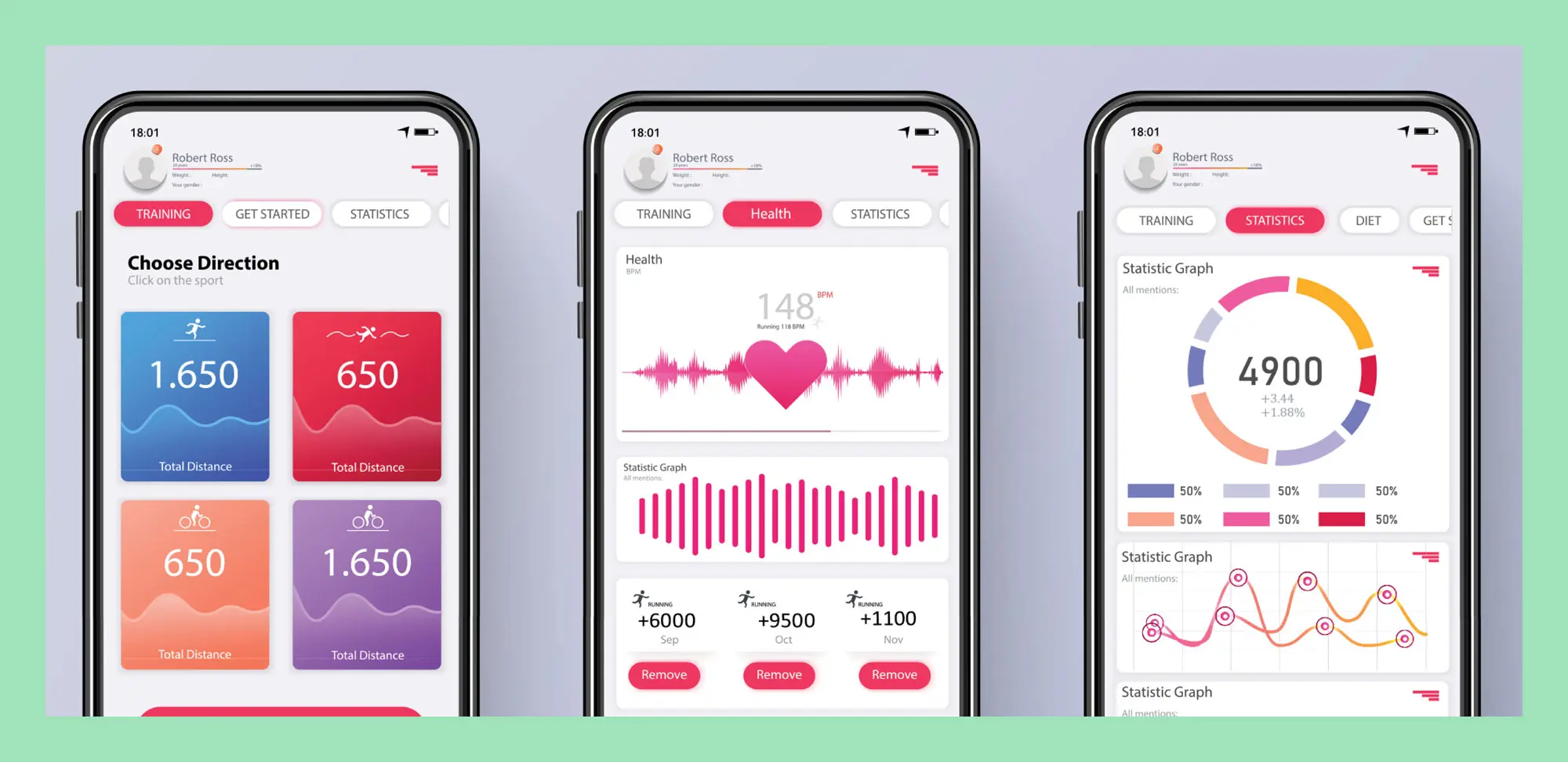If your hearing is starting to fade, welcome to the club. An estimated 47 per cent of Canadians over age 60 have some degree of hearing loss.
Audiologist Shari Kybal-Syrovy, at the London Health Sciences Centre in London, Ont., answers some common questions about hearing loss in older adults.
- How often should I have my hearing tested?
- What are the types of hearing loss?
- What causes hearing loss?
- Can I prevent further hearing loss?
- Is hearing loss in one ear typical?
- Are all hearing aids the same?










